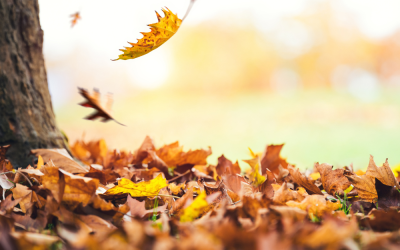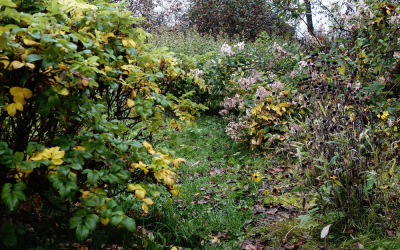Summer is a time for enjoying your garden, and your trees play a crucial role in creating a beautiful outdoor space. However, the warmer weather also brings unique challenges for tree health. Proper care during these months is essential for ensuring your trees thrive. In this blog, we’ll discuss the key elements of summer tree care: watering, fertilising, and pest protection.
Watering Your Trees
Adequate hydration is vital for tree health, especially during the hot summer months. While established trees can often fend for themselves, young trees, newly planted specimens, and those in dry or exposed locations require more attention.
- Frequency: Aim to water your trees deeply but infrequently. Soaking the soil thoroughly encourages deep root growth.
- Timing: Early morning is the best time to water, as it allows the water to soak in before the day’s heat evaporates it.
- Amount: A general rule of thumb is to provide about an inch of water per week, either through rainfall or supplemental watering.
- Mulching: Applying a layer of mulch around the base of your tree helps retain soil moisture, suppress weeds, and protect roots from temperature extremes.
Fertilising Your Trees
Fertilising provides essential nutrients for healthy tree growth. However, it’s important to fertilise at the right time and with the correct type of fertiliser.
- Timing: The best time to fertilise trees is in the early spring, before new growth begins. However, if your tree appears weak or unhealthy during the summer, a light application of a balanced fertiliser can be beneficial.
- Type of fertiliser: Choose a fertiliser specifically designed for trees. Avoid high-nitrogen fertilisers, as they can promote excessive leaf growth at the expense of root development.
- Application: Follow the instructions on the fertiliser package carefully. Over-fertilisation can be harmful to your tree.
Protecting Your Trees from Pests
Pests can cause significant damage to trees, so it’s essential to be vigilant and take steps to protect your trees.
- Regular inspection: Check your trees regularly for signs of pests, such as discoloured leaves, chewed foliage, or insect infestations.
- Pest identification: Knowing the type of pest you’re dealing with is crucial for effective treatment. Consult a gardening expert or tree surgeon for identification if needed.
- Natural pest control: Encourage beneficial insects like ladybirds and lacewings, which prey on harmful pests. You can also use organic pest control methods like insecticidal soap or neem oil.
- Professional help: If you have a severe pest infestation, it may be necessary to contact a tree surgeon for professional treatment.
When to Call a Tree Surgeon
While many tree care tasks can be handled by homeowners, there are times when it’s best to call in a professional tree surgeon. This includes:
- Severe pest or disease infestations
- Large-scale pruning or tree removal
- Dangerous or unstable trees
- Tree damage from storms or other causes
A qualified tree surgeon has the expertise and equipment to safely and effectively address complex tree care issues.
By following these guidelines and seeking professional help when necessary, you can help ensure the health and longevity of your trees. A healthy tree is not only an attractive addition to your garden but also provides valuable ecosystem services such as shade, oxygen production, and wildlife habitat.
If you’re in the Greater Manchester area and need help with your tree in Summer, contact Elm House Tree Services for a free quote.



